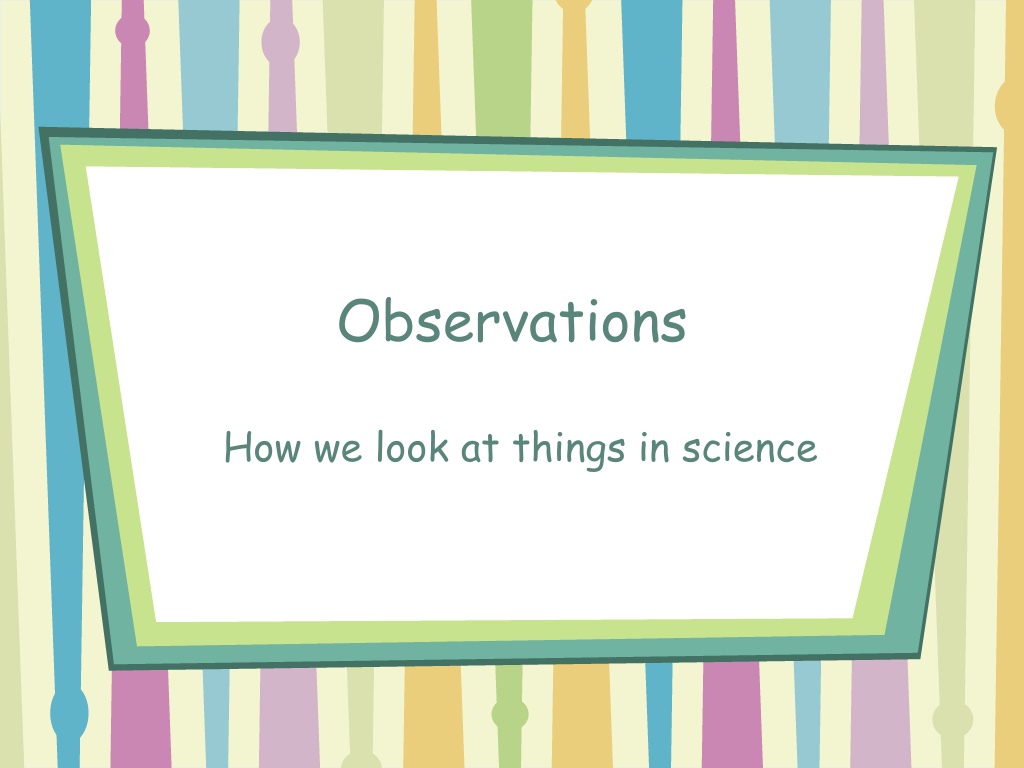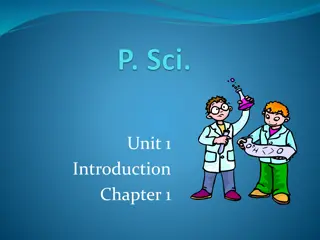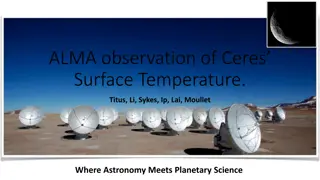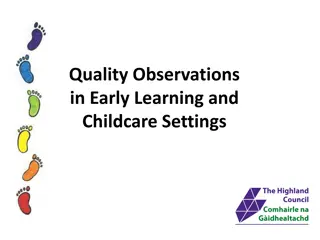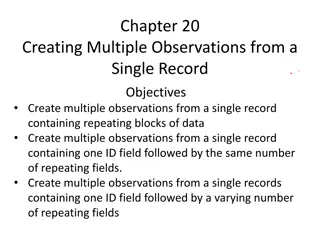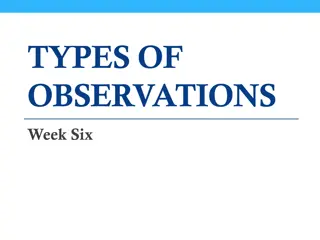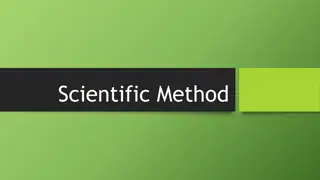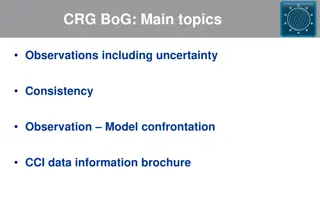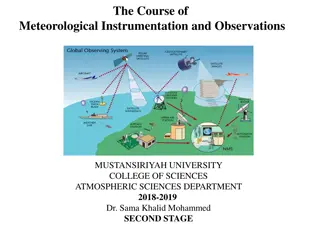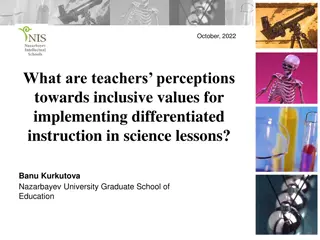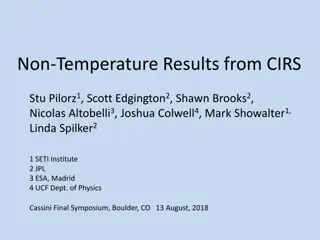Understanding Observations in Science
Observations in science are essential for gathering data and drawing conclusions. This includes making qualitative and quantitative observations, using senses and tools to increase accuracy, and distinguishing facts from opinions. Inferences are conclusions drawn based on observations and data. Practice distinguishing between observation and inference to enhance scientific reasoning skills.
Download Presentation

Please find below an Image/Link to download the presentation.
The content on the website is provided AS IS for your information and personal use only. It may not be sold, licensed, or shared on other websites without obtaining consent from the author. Download presentation by click this link. If you encounter any issues during the download, it is possible that the publisher has removed the file from their server.
E N D
Presentation Transcript
Observations How we look at things in science
What is observation? Observations are made in science. They are made by using: Senses Tools increase accuracy & precision Facts not opinions.
Two types of Observation Qualitative Quantitative
Qualitative Observations Hard to measure Describes the qualities of something Color Taste Sound
Quantitative Observations Can be expressed in numbers Can be counted or measured Amounts Temperature Mass Length Allow us to communicate specifics Tools are used to communicate data Observations are collected in data tables
Inference Drawing a conclusion based on data and observation The process of drawing a conclusion from given evidence. Practice: Observations: I hear people screaming I smell cotton candy, popcorn, and hamburgers I see a lot of people Inference = ?
Observation Inference That plant is extremely wilted. That plant is extremely wilted due to a lack of water. The car stopped running The car stooped running because it was out of gas. The Diamondbacks are leading their division because they are playing well right now. The Diamondbacks are leading their division
Observation or Inference 1. There is a representation of a face on one side of the coin. 2. The Latin word "Dei" means "God. 3. The coin was made by deeply religious people. 4. The date 1722 is printed on one side of the coin. 5. The coin was made in 1722. 6. The face on the coin is a representation of the nation's president.
Lets Practice. Look at the picture & decide if the statement is an OBSERVATION OR INFERENCE
Look at these two sets of animal tracks. List 3 OBSERVATIONS Make an INFERENCE
Now what do you think? Make 3 OBSERVATIONS Make an INFERENCE
Now what do you think? Make 3 OBSERVATIONS Make an INFERENCE
When to use observation & inference During experiments, record observations NOT inferences Inferences may be used when writing the conclusion in your lab report.
